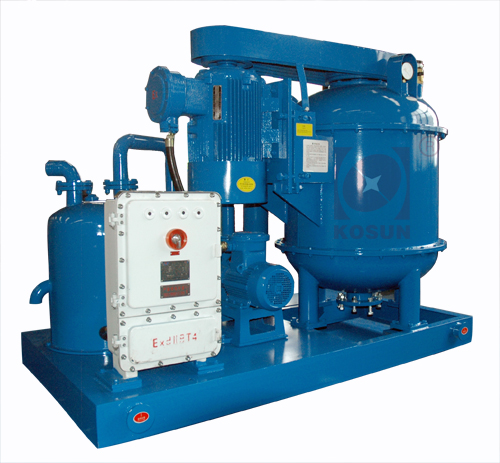

Vacuum Degasser: How It Works, Applications, and Benefits
Pub Date:Apr 25, 2025 | Views:184 |
A vacuum degasser is a critical piece of equipment used to remove dissolved gases—such as oxygen, carbon dioxide, and hydrogen sulfide—from liquids. It is widely used in industries like oil & gas drilling, wastewater treatment, food processing, and chemical manufacturing.
This guide covers:
✔ How a vacuum degasser works
✔ Key components and design
✔ Major industrial applications
✔ Advantages over other degassing methods

Vacuum degassers operate by lowering the pressure inside a chamber, allowing dissolved gases to escape from the liquid. The process involves:
Liquid Entry – The fluid enters the degasser under controlled flow.
Vacuum Creation – A vacuum pump reduces internal pressure, lowering the solubility of gases.
Gas Separation – Dissolved gases bubble out of the liquid and are extracted.
Purified Liquid Discharge – The degassed liquid exits, while extracted gases are vented or processed further.
Vacuum Chamber – Where pressure is reduced to facilitate gas removal.
Vacuum Pump – Creates and maintains low pressure inside the system.
Inlet & Outlet Ports – Control the flow of liquid in and out.
Mist Eliminator – Prevents liquid droplets from escaping with the gas.
Control System – Adjusts vacuum levels and monitors performance.
Removes H₂S, CO₂, and O₂ from drilling fluids to prevent corrosion and improve efficiency.
Essential for mud systems in wellbore stability.
Eliminates volatile organic compounds (VOCs) and harmful gases before discharge.
Used in anaerobic digestion and effluent treatment.
Prevents oxidation in juices, wines, and edible oils to extend shelf life.
Used in carbonated beverage production.
Ensures purity in solvents, reagents, and pharmaceutical liquids.
Prevents gas interference in catalysis and polymerization processes.
Removes dissolved oxygen to prevent boiler corrosion and scaling.
✔ High Efficiency – Removes up to 99% of dissolved gases.
✔ Continuous Operation – No need for batch processing.
✔ Low Maintenance – Fewer moving parts compared to membrane degassers.
✔ Versatility – Works with various liquids (water, oils, chemicals).
✔ Energy-Efficient – Consumes less power than thermal degassing methods.